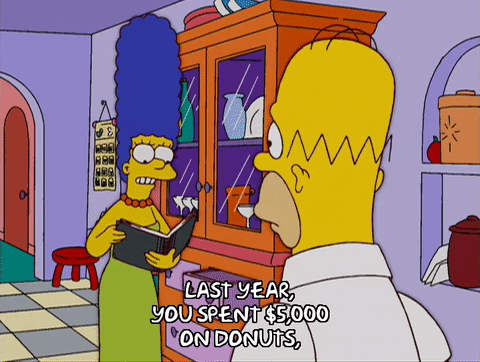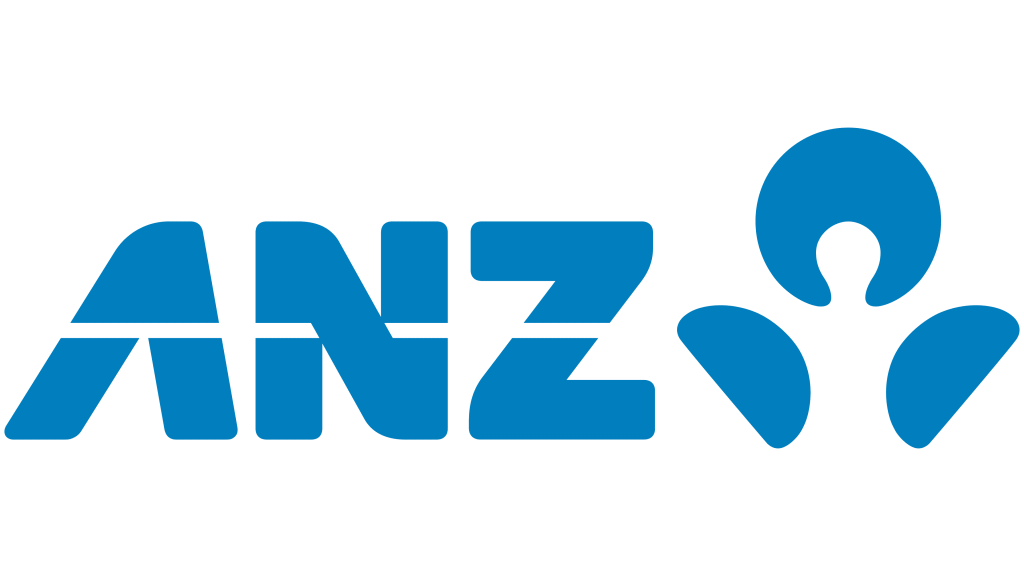
You don’t need us to tell you that things are… rough right now. Basic vegetables are getting as expensive as fancy cheese and buying a $6 iced latte makes you feel like the Queen of Versailles.
There are a whole bunch of systemic issues at play — which we don’t have time to get into — and you’re probably sick of hearing about ‘em.
But hopefully the reason you’re reading this is because you want some tips that may help you take control of your cashola.
Yes, the economy is bonkers and your parents bought a home for $320 and a paperclip in 1975, but you can only control what you can control. At least that’s what makes me feel better about the situation we’re all in.
Here are a few budgeting habits I’ve been implementing over the last six months that make me feel a tiny bit better about my money when on a month-to-month paycheque.

Track your money
We’re really getting to the basics of budgeting but nothing has changed my relationship with money (and spending it) more than tracking what’s going in and out of my account.
Six months ago I was guesstimating how much I’d spent on eating out and shopping, and guess what? I was always underestimating it.
“I’ve definitely only spent $100 on lunches so far,” I’d tell myself, as I tapped my card for yet another meal out. In reality, I was usually spending $50 to $150 more than I thought on various categories.
Once I got sick of being in my own la-la land, I found a free Excel budget tracker online, created a Google folder and input all of my expenses into categories.
Now, every few days I take ten minutes to look at my online statements to see how much money I’ve spent on things like coffee, shopping, and going out and whether I’m on track with my monthly budget, or if I need to reign it in and spend a few quiet nights at home. Once payday rolls around, I create a new template and properly look at what I spent and what I could (realistically) cut back on.
Literally every dollar counts at the moment, guys.

Use tools to your advantage
After avoiding my bank account like a serial ghoster post-first date, I’ve finally begun utilising the tools online banking can give me. This has included opening up multiple ‘savers’ accounts for savings goals both big (a house deposit) and small (a manicure).
If you’re an ANZ credit card holder, the bank has implemented a new tool called Instalment Plans. It allows you to pay off some of your credit card repayments at your own pace; whether that be over three, six or 12 months*.
This could help you to pay off big purchases (like furniture) by spreading out your repayments over a fixed term at a lower rate of interest** compared to the standard rate on purchases***. There’s also a Plan that has 0% p.a. interest on eligible purchases with a one-time setup fee*. You can apply for an Instalment Plan in minutes via the handy ANZ app.
Knowledge is power, people!

Gamify your budgets
We all know that we should be eating food at home and getting rid of subscriptions. That’s child’s play in budgeting. If you want to level up your budget each month, then what I do is challenge myself.
For example, if I’ve budgeted $400 on eating food out (no judging, please) and then spend $390, next month I can budget $380 on eating out. Every month I’ve been working to get certain non-essential budget categories (such as shopping and beauty) down. At the end of the month, I compare how much I spent to the last few spreadsheets.
Seeing the numbers in front of me, and seeing that they’re on a downward trajectory means I challenge myself and get a sense of delayed gratification when I say no to my friend’s last-minute dinner plans.

Be gentle on yourself
If you’re even attempting to take control of your finances in 2023, then more power to you. With the odds stacked against young people in particular, it’s easy (and tempting) to dig our heads into the sand.
But, from my own experience, every time you make progress on your money habits — whether that’s saving more than you expected or tweaking your budget because you keep spending less — it becomes more motivating to keep going.
If you stay in your lane and focus on what’s within your control, you should be able to keep taking steps towards financial confidence. Even when things feel tough.

Learn more about ANZ’s Instalment Plans here.
Important Information
This article is general information only and is not personal advice. It contains only the views of the author(s) and does not take into account your personal needs and financial circumstances. You should consider whether it is appropriate for you and read the relevant terms and conditions, Product Disclosure Statement and the ANZ Financial Services Guide (PDF) before acquiring any product. Applications for credit are subject to ANZ credit approval criteria. Terms and conditions, and fees and charges apply. Australian credit licence number 234527.
* Approval, eligibility criteria, T&Cs apply. Fees & charges may apply.
** A Plan interest rate is a discounted purchase interest rate that applies to an ANZ Instalment Plan balance if and while it’s enrolled in a Plan. For more information, see the ANZ Instalment Plan T&Cs (PDF).
*** Standard variable annual percentage interest rate on purchases for ANZ Low Rate is 13.74% p.a., 20.49% p.a. for ANZ Rewards Classic, 20.49% p.a. for ANZ Rewards Platinum, 20.49% p.a. for ANZ Rewards Black, 20.49% p.a. for ANZ Frequent Flyer, 20.49% p.a. for ANZ Frequent Flyer Platinum and 20.49% p.a. for ANZ Frequent Flyer Black. Rates are subject to change. Refer to your statement of account for details of the rate(s) that apply to your account.
The post Here Are A Bunch Of Budgeting Hacks That May Help If You’re On A Month-To-Month Paycheque appeared first on PEDESTRIAN.TV .







